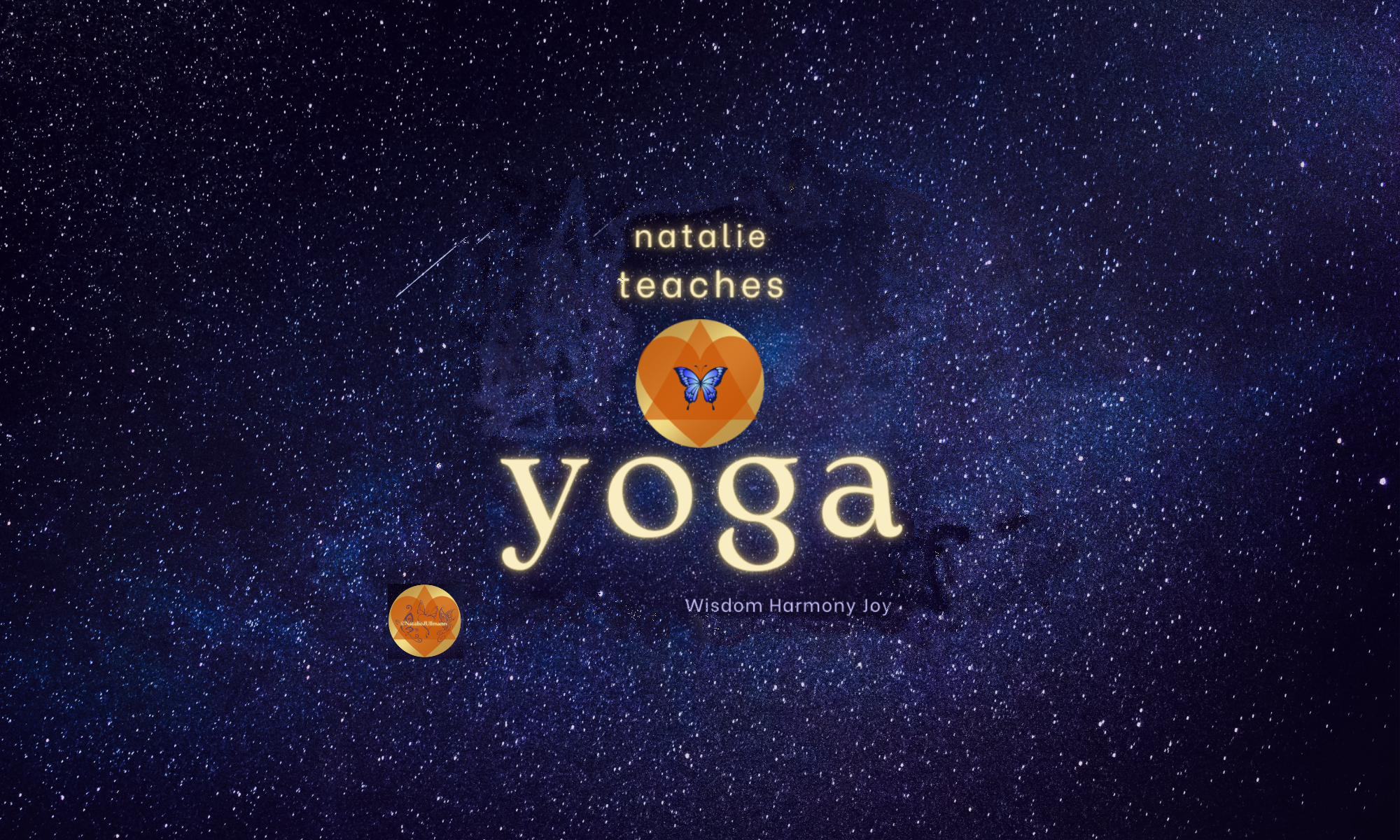/*This is the first in a four part series about deep asana and creating personal sequences*/
In the classical schools of yoga the healing power of deep asana Is a powerful rubric. By deep asana I am referring to the classical spinal twists (i.e., ardha matsyendrasana) , lotus (padmasana), and all the various binds. These deep squeeze postures are purposeful in their intensity in a way that large muscle strengthening or or deeply relaxing postures are not. To practice them effectively we must understand how the joints function – and what the deep asana does.
For example
- Padmasana. The knee is a hinge joint. The ankles are mosaics of tiny interconnecting bones that move like ball bearings to allow maximal movement – but the structural stability of the joint is borne of the way those joints fit together, fettered together by soft tissue – fascia, ligaments, and such. When we do padmasana – the deep exterior rotation of the legs must emerge from the hip socket to protect the functioning of knees and ankles. If we are practicing padmasana – we must balance that deep external rotation of the hip joint with stabilizing strengtheners in our standing practice. Particularly the internal rotations which connect the feet to the earth through the inner ball of the foot. These inner rotations, while originating in the connection to the earth travel up the leg and into the hip socket and pelvic girdle. Stable hip/pelvic girdle structure is needed for standing, walking, and containing the soft internal organs. a correctly activated inner rotation will strengthen whatever tiny muscles which need to be strengthen and will establish ease in those which have been acting as supports when it wasn’t their function. So we must understand how the joints work – and what their purposes are and how they relate to each other.
- Ardha matsyendrasana: Vertebrae spin gently in restricted rotations around a central axis. Each vertebrae is uniquely shaped for its perfect placement in the column of the spine. The shape of each one contributes to the moving stability of the spinal column. When performing a deep asana form of a spinal twist, we are invited to gently explore the boundaries of the vertebral rotation. The spine must be lifted and relatively straight to protect the cushions between the vertebrae, which protect the nerves. Remember important components of the nervous system travel through the spine – your central nervous system! A classical spinal twist is not a full body twist – it is focused on the spine. The sacrum does not participate in the twist. Instead, the pelvic girdle is given structural stability built from the ground up either through knowledgeable activation of appropriate muscles or through placement i.e., through sitting squarely on the ground.
- The pelvic girdle is a bunch of moving pieces. Yep. It’s not a solid bowl. Those moving pieces can misalign in subtle ways, impact the alignment of the vertebral column and the ability of the vertebrae to turn. The stability in the alignment of your feet and knees supports this structure. Building the asana from the ground up helps with this.
- Deep asana is not forceful asana. There are lineages where force was used effectively but I am not aware of any school that currently works successfully with dramatic deep quick forceful adjustments into deep asana. Gentle knowledgeable movement is as effective, if not more so in the stable ongoing practice of deep asana.
- Modifications and simpler postures are your friends. You can design or learn modifications that will work specifically on the joints which present obstacles in our practice of deep asana. In my practice I work for long periods of time in specific modifications to open joints, like the hip or the turning of the spine, before moving into the deep posture. This creates a stable foundation for the deeper postures which is safe and healing.
Note – the relationship with deep asana is very different for those who started yoga before their bone structures were fully formed. Yeah. The sacrum is still forming up to age 5. For the rest of us – bones remain malleable through our lives, depending on lifestyle – so change is possible, but it is best executed gradually and consistently.
Through the squeezing wringing of soft tissues in the joints – deep seated stress patterns in the fascial tissue are released, and structures in the pranamayakosha – the pranic body are aligned and rejuvenated. After squeezing – fresh blood and prana will flow into a joint to nourish it.
I encourage you to learn more about the way your joints function and how each posture – in its classical form (see Light on Yoga) articulates the joints. Note that Mr. Iyengar who is depicted in the pictures in this book, started very young. He’s like a gumby. But you can still see external rotations, internal rotations, deep spine twists, in those classical images. Gently experiment with what you learn – so it is no longer an academic exercise to learn about your yogic anatomy.
My Mailchimp newsletter is sent concurrently with this – it’s designed to illuminate related ideas to stimulate understanding and spark your thinking about your practice. I promised I won’t send you marketing emails.




